Some of the best breakfasts I’ve enjoyed (and if you’re a regular reader of this blog, you’ll know that breakfast is my favorite meal of the day) have included a delicious slice of flavorful bread or a muffin with melted butter, a bowl of cereal and a very large glass of orange juice.
The slice of flavorful bread and muffins that were just mentioned are often quick breads that I have prepared. What are quick breads? That’s easy. Quick breads are just that. They are quick to prepare because they don’t involve yeast which often takes hours to rise. Instead of yeast, they require chemical leaveners such as baking power, sodium bicarbonate or cream of tartar to help them rise. Quick breads generally include flour, baking powder (and/or baking soda), eggs, butter/oil and milk. Any other ingredients like fruits, nuts, liquids and sugars only add to the flavor and texture of the quick bread. Depending on the ingredients, the texture of quick breads can either be light and fluffy or dense and moist.
Even though they are labeled as “breads,” the name covers a broad range of baked goods including, but not limited to: biscuits, loaf breads like banana and zucchini, muffins, pancakes and waffles.
Many people have their own way of creating quick breads depending on the recipe and additional ingredients. However, there are three basic methods to create a quick bread:
- Muffin Method: Dry and wet ingredients are kept separated and then combined at the very end of the process and mixed until just incorporated. As stated in the name, when baking muffins, this is the best method.
- Creaming Method: The butter and sugar are beaten and creamed together until smooth and fluffy. Next, the egg and liquid flavoring are added to the butter and sugar mixture. The dry ingredients and other liquids are folded in last. This method is best when baking cakes since a lot of air pockets are added into the mixture. Folding in the ingredients creates even more air pockets to keep the cakes light and fluffy.
- Shortening Method: This method requires chilled fat (butter or shortening) to be cut into the dry ingredients using either a food processor, fork or blender. The chilled fat results in a flaky texture since the fat melts while in the oven. This method is best used when baking biscuits, scones or pie crusts.
Depending on the recipe and the type of quick bread, there are also three different types of batter:
- Pour Batter: This type of batter has a dry:liquid ratio of 1:1. Because there is so much liquid in this type of batter, the result is very moist and dense.
- Drop Batter: This batter has a dry:liquid ratio of 3:1. This batter will result in a moist but fluffy baked good.
- Stiff Dough: This batter has a dry:liquid ratio of 7:1 This batter will result in a very light and fluffy baked good.
To get started on the right foot, here are some tips to help you create delicious quick breads:
- Do not overmix the batter. The wet and dry ingredients should only be combined until just incorporated, especially when preparing muffins. If you do overmix the batter, you might see big holes and tunnels in the finished product.
- Grease the pans before you pour the batter so that the finished product does not stick to the pan (unless you are using high-quality non-stick baking pans).
- Pour the batter in the baking dish as soon as it is mixed and immediately place it in a preheated oven (unless otherwise stated in a recipe) so that the bread will rise appropriately.
- Keep an eye on the quick bread and remove from the heat when the batter turns a nice golden brown color. Loaf breads will turn a golden brown color and/or have a crack along the center. The crack along the center is completely normal.
- Glaze the loaf bread as soon as it is removed from the oven to result in a very moist bread.
- Store quick breads in an airtight container for up to a few days.
The following is a list of quick breads that are simple to prepare…your family and friends will definitely enjoy them:
Breads & Biscuits
- Banana Pecan Bread
- Blueberry Bread
- Buttermilk Biscuits
- Classic Banana Bread
- Cornbread
- Strawberry Scones
Breakfast
- Banana Pancakes
- Edna Mae’s Sour Cream Pancakes (The Pioneer Woman)
- German Apple Pancakes
- Homemade Classic Pancakes
Muffins
- Banana Muffins with Crumb Topping
- Cafe-style Blueberry Muffins
- Chocolate Chip Muffins
- Cinnamon Roll Muffins
- Doughnut Muffins
- Lemon Muffins
- Orange Muffins
Quick breads are always a great “go to” option because they’re easy to prepare, fun to experiment with and quick to bake. I have yet to meet a person who doesn’t enjoy this type of baked good!
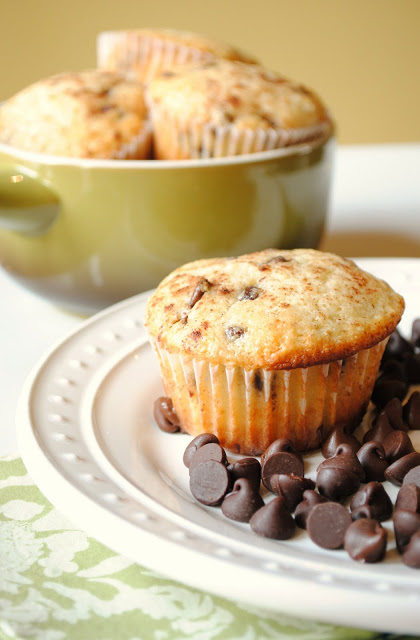
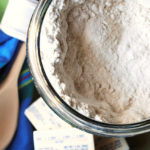
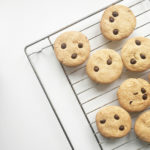
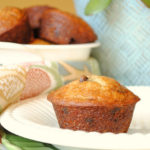
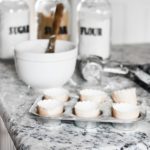
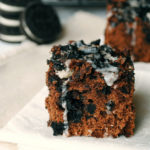
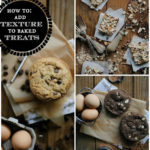
Love this post! Gorgeous photos too!
Great post! Going through those recipes links at the bottom and bookmarking some for later. ;-)
Awesome tips for making quick bread, thank you! And I'm totally going through those recipes!
I love all of your tip posts. SO helpful!
Wow. Not only are you a good cook, you are very smart too! How did you learn all that?! Awesome recipes. I'm a fan of muffin / bread myself!!
You always have such great how-to posts. This is packed with helpful information.
Great information! I’m experimenting with cranberry bread. I would like it to be dense like my pumpkin bread but it’s more “cakey”.
How do I make a quick bread denser? More oil? Additional egg? Less liquid?
Leavening called for is 2 tsp baking powder. I had to use baking soda.
Will the baking powder make the difference?